
|
|
|
|
|
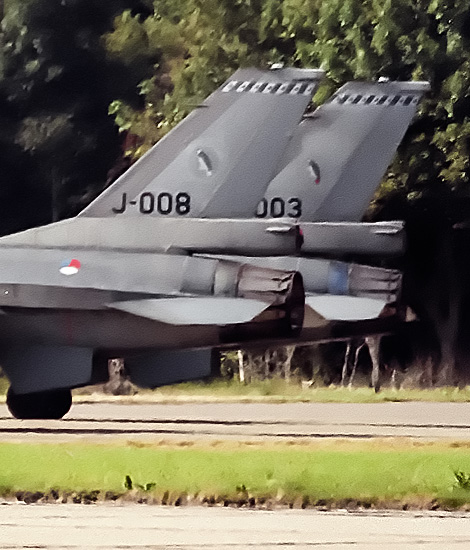
|
The Objectives of Frisian Flag; Leeuwarden, September 5, 2000
International Exercise Frisian Flag, part 2; Text and Photograph's by Alex van Noye
From the beginning of the 1990s, Frisian Flag has grown from a small local exercise to train pilots to a changing world into a major international leading exercise for fighter pilots. Countries from all over Europe participate every year in the exercise to train. In their turn they give a lot of input as well to the exercise.
The main objective of the exercise Frisian Flag is to train the participants in what is now the core of the expertise of a fighter pilot. At the moment the Combined Air Operations (COMAO) are the most important part of the training. COMAO missions are often complex air operations which are usually performed during operations for NATO or the United Nations. Aircraft and ground units of different types and many nationalities are involved in COMAO operations. These international units must then often be able to cooperate in the short term during deployments. The proposed missions are made up according to the requirements of the participants and generally correspond to the evolutions of the air war. These scenarios are based on experiences from the last deployment during the actual operations in which the countries participated. The exercise contains both Air-to-Air (Counter Air Offensive or Counter Air Defensive) and Air-to-Ground elements. Many scenarios contain both elements, making missions large-scale and complex. The training missions are carried out during Frisian Flag in reserved areas in Dutch, Danish and German airspace. There is a lot of flying above the North Sea, which makes unlimited flights possible. In this area, only the safety rules need to be taken into account. To make the scenario as realistic as possible, the non-flying staff is also very involved in the scenarios. This is particularly the case for the JTAC (Joint Terminal Air Controllers), which operate from the ground in order to steer the exercise in the right direction. Also, anti-aircraft units are deployed from the ground to attack the flying participants during a training session.
The Frisian Flag exercise lasts two weeks every year. During this period, the pilots must be trained from individual flights to partnerships. During the exercise, a scenario is normally flown twice a day. The launch of the first wave is at 9 o'clock in the morning and the launch of the second wave takes place at 1 o'clock. During the launch of a wave, almost 40 fighter planes will take off from Leeuwarden Air Base. All aircraft have
|
|
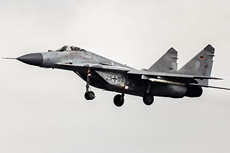
|
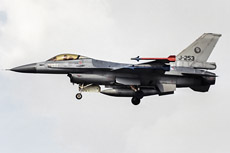
|
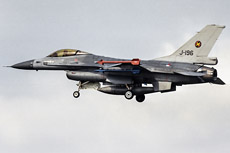
|
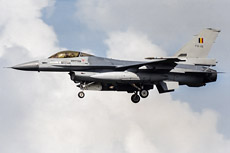
|
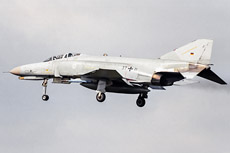
|
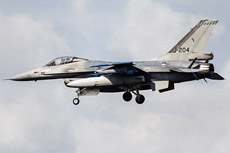
|
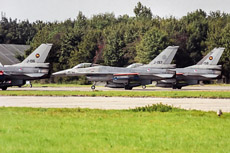
|
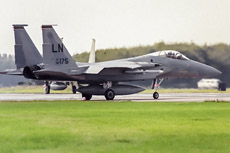
|
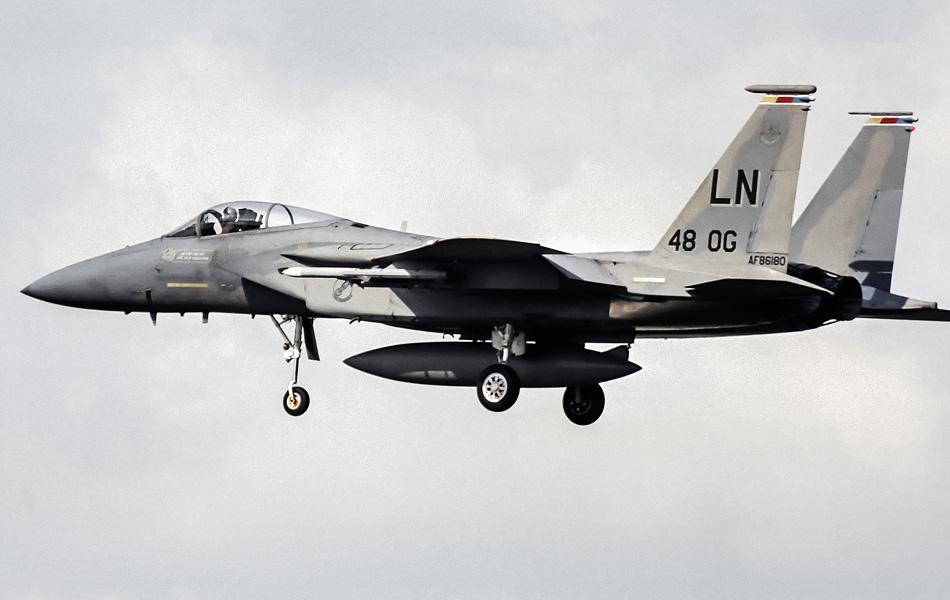
|
different tasks during their missions and are supported by an E-3 Sentry. The AWACS that coordinates the exercise often flies from Geilenkirchen. During the exercise participants learn the strengths and weaknesses of the different types of fighter planes that each operate in their own role. All participants ultimately complete both defense and attack scenarios. These can include air defense, offensive missions, protecting and escorting other aircraft and disabling static and dynamic targets on the ground or at sea. Air defense missions are aimed at denying enemy fighters access to a specific area. The attacks on ground targets are often carried out at the Cornfield Range on Vlieland. The fighter planes can throw real practice weapons here, making the training very realistic. Aircraft are escorted to their targets by air defense fighters while other planes will try to stop them.
Although a flight usually does not last longer than one and a half hours, there is a long preparation or briefing for each flight and an extensive analysis will take place after the flight. The exercise is held in the airspace of the Netherlands, Germany and Denmark and involves close cooperation with the airspace control authorities of the countries involved. Performing an attack is not possible. Attacking targets is only acceptable under international law if collateral damage is avoided as much as possible. This is one of the aspects that Frisian Flag is striving for and practiced on. One of the spearheads of Frisian Flag is to develop leadership skills among the participants of the exercise. Despite the fact that pilots are also extensively trained in their normal daily training flights at their own home base, this does not happen with so many planes and pilots from different countries as is the case during this exercise. During Frisian Flag, the most experienced pilots get the chance to devise, develop and implement a mission in a much larger context. With this way of working, leadership skills are developed which can be asked of him during actual missions of the pilot. The development of leadership is the most important factor for success when the coalition goes to war with a large group of aircraft. The composition of formations is therefore at the center of attention during Frisian Flag. The knowledge that the pilots have learned during Frisian Flag take them to their unity in their own country.
In the future of the Frisian Flag exercise, the 323 TACTES Squadron will further develop the exercise and its scenarios and grow with the timeframe in which the exercise begins at that moment. This means that one will continue to learn from the deployments that will be made over the years. The foreign participants in the exercise will also share their specific knowledge during the exercise. The principle of practicing together and learning together ensures that Frisian Flag will remain the right preparation for the Netherlands and all its partners that will often occur in the NATO context. In addition to Frisian Flag, the 323 TACTES Squadron will also set up various other exercises and training that will continue to prepare Dutch pilots for their deployments. Now that the Dutch F-16s are being updated to the MLU (Mid Life Update) standard, a special F-16 Weapons Instructor Training (FWIT) will also be set up for all MLU users in Europe for this new version of the exercise. Frisian Flag remains for the Dutch pilots the most important final exercise in their career as F-16 pilot. After a Frisian Flag training, an F-16 pilot is able to effectively perform in a combined and international deployment anywhere in the world. Frisian Flag has evolved over the years from DIATIT in 1992 into the most important "flag" exercise in Europe. The exercise is the largest counterpart of Red Flag in the United States and Maple Flag in Canada. In the future, the exercise, as it stands now, will only become big in design. In short, the Frisian Flag exercise has taken its place on the largest European scene when it comes to important military exercises.
|
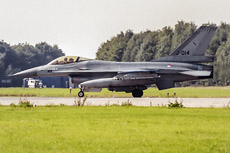
|
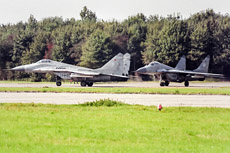
|
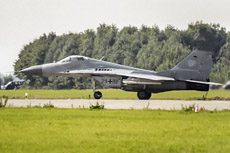
|

|
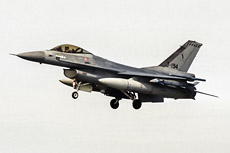
|
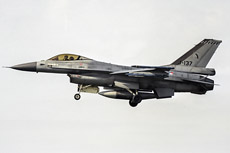
|
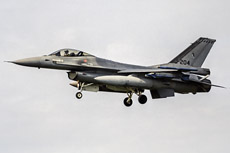
|
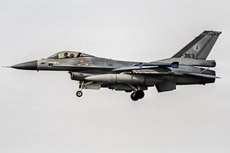
|
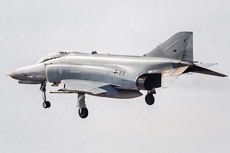
|
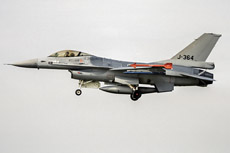
|
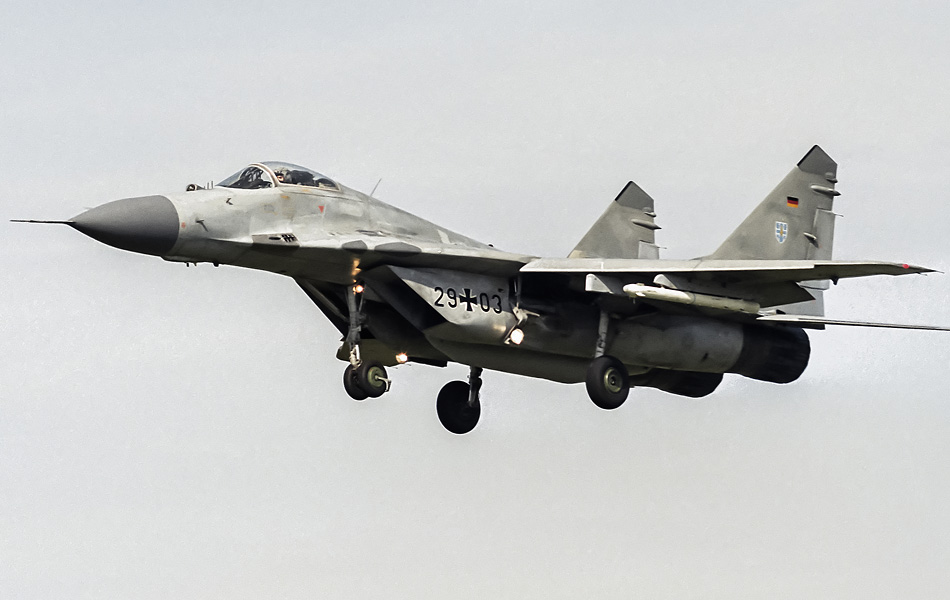
|
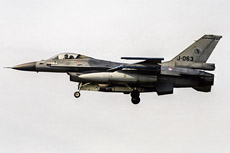
|
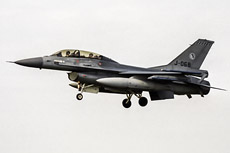
|
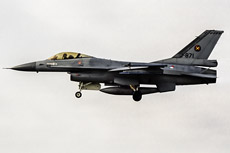
|
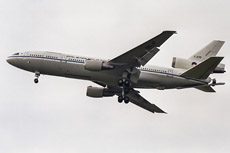
|
|
|

|







